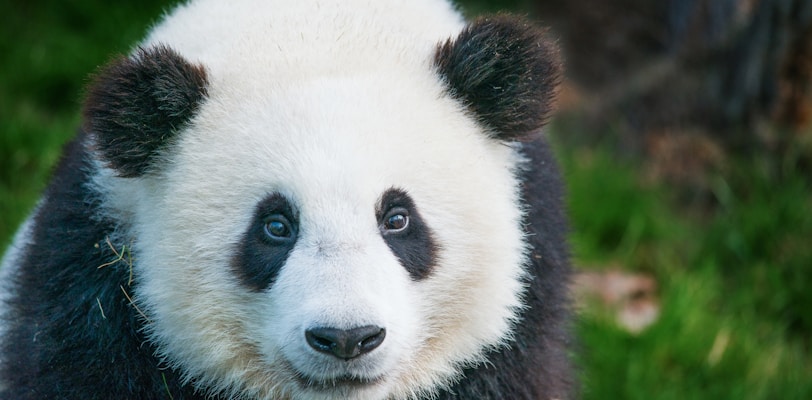On the Brink of Black and White: The Imperiled Giant Panda
The enchanting giant panda (Ailuropoda melanoleuca), adorned with its distinctive black-and-white fur, has captured the hearts of people worldwide. Despite its iconic status, this beloved bear faces an ongoing struggle for survival, marked by a series of challenges that extend beyond habitat loss. In this blog post, we will delve into the factors contributing to the giant panda’s endangered status, emphasizing the intricacies of their reproductive challenges, the essential conservation efforts in place, and the profound significance of safeguarding these charismatic creatures for the sake of biodiversity and our planet’s ecological balance.
12/31/20232 min read


Residing in the mountainous regions of central China, the giant panda contends with the relentless threats of habitat loss propelled by human activities such as logging and agriculture. This has resulted in a fragmented and shrinking environment for these bamboo-munching bears. Their specialized diet, predominantly bamboo-dependent, adds to their vulnerability as bamboo forests decline due to climate change and deforestation.
Historically, the giant panda has also fallen victim to poaching, primarily fueled by the demand for their distinctive pelts. While international efforts have made strides in curbing this threat, the critical challenge remains habitat loss, casting a looming shadow over the survival of these iconic creatures.
Conservation Triumphs Amidst Reproductive Challenges:
Recent years have witnessed determined conservation efforts offering a glimmer of hope for the giant panda. China, the giant panda’s native home, has taken significant strides to protect their habitats through the establishment of reserves and corridors, promoting better connectivity between isolated panda populations. Captive breeding programs, both within China and internationally, have played a pivotal role in boosting panda numbers and addressing genetic diversity concerns.
However, the giant panda faces a unique reproductive challenge. Female pandas have a limited window of fertility, often just a few days a year, making successful mating and reproduction challenging. Artificial insemination and sophisticated breeding programs have been crucial in overcoming these hurdles, but the intricacies of panda reproduction remain a focal point for ongoing research and conservation strategies.
Global initiatives, often spearheaded by non-governmental organizations and conservation agencies, emphasize community engagement and education. These programs strive to foster coexistence between local communities and giant pandas, emphasizing the significance of sustainable development and responsible tourism for the well-being of both the pandas and the people who share their landscapes.
The Ecological Importance of Giant Pandas:
Beyond their charming appearance and cultural significance, giant pandas play a vital role in maintaining ecological balance. As bamboo enthusiasts, they influence the structure and composition of the forests they inhabit. Through the dispersion of seeds and shaping of vegetation, giant pandas contribute significantly to the health and diversity of their ecosystems.
Looking Forward:
While the giant panda’s shift from “endangered” to “vulnerable” on the International Union for Conservation of Nature (IUCN) Red List in 2016 marked a noteworthy conservation success, the journey is far from over. Challenges persist, ranging from climate change impacts to continued habitat degradation and the complex hurdles associated with sustainable development in panda habitats.
As we celebrate the strides made in giant panda conservation, it is crucial to remain vigilant and committed to securing their future. By supporting conservation initiatives, advocating for sustainable practices, and raising awareness about the interconnectedness of all species, we can ensure that the black-and-white giants continue to roam the bamboo forests of China for generations to come. The giant panda’s survival is not merely a triumph for conservationists; it is a testament to the power of global collaboration and our shared responsibility to protect the incredible biodiversity gracing our planet.
Contacts
contact@terra-rising.com
